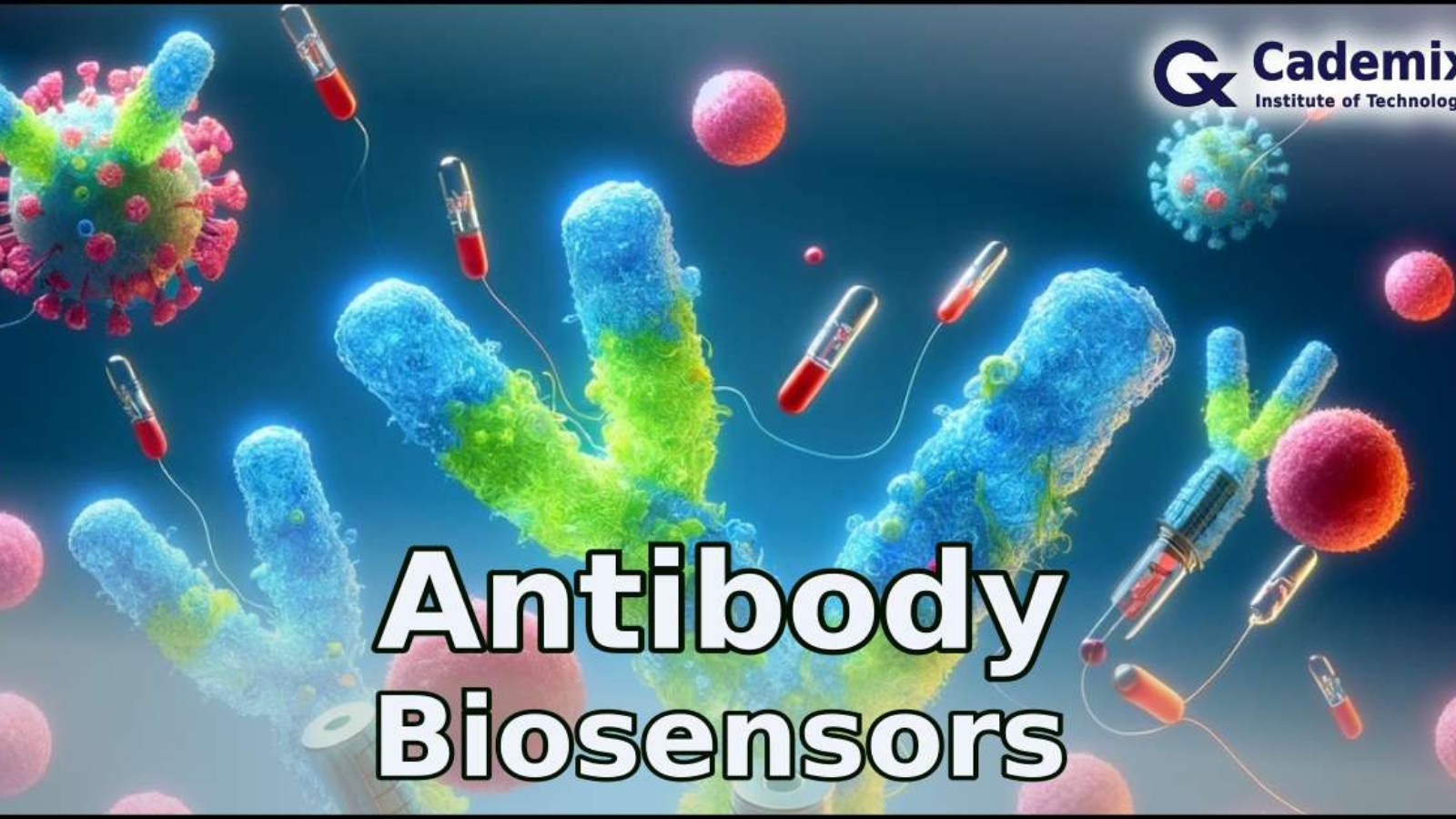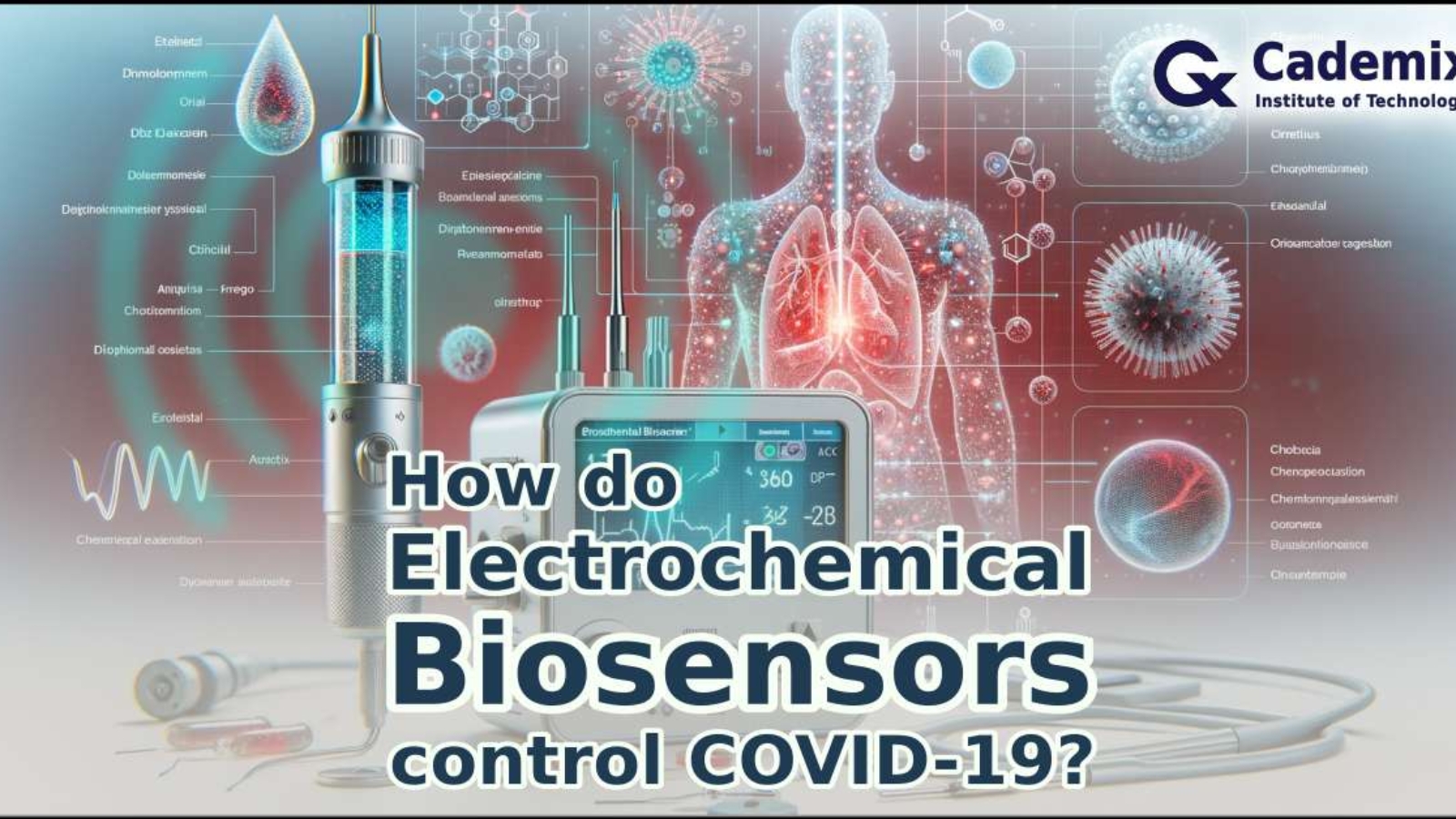Estimated Reading Time: 15 minutes This review explores the effect of scaffold technology and nanomaterials on antibody biosensors’ performance. These innovations increase the sensitivity of biosensors for rapidly identifying bacterial pathogens in healthcare and environmental safety. The article discusses the combination of new materials and designs in creating these biosensors, their challenges, and their potential. It compares traditional and advanced biosensors, highlights the use of nanotechnology, and looks at different detection methods, such as electrochemical and optical techniques, to recognize bacteria. Furthermore, this review emphasizes the importance of developing future antibody biosensors for diagnostics and treatment.
How do Smart Electrochemical Biosensors control the COVID-19 pandemic?
Estimated Reading Time: 11 minutes During the COVID-19 pandemic, there is an urgent need for the development of rapid and efficient detection systems. This article emphasizes the significance of biosensors in the context of COVID-19 control. It focuses on electrochemical methods for detecting COVID-19 and highlights biosensors’ unique advantages and limitations compared to other detection methods. The article also discusses recent advancements in biosensor technology, their integration with digital health technologies, and potential future applications. It delves into the challenges associated with biosensors, including technical and operational obstacles, as well as risk management strategies. This comprehensive review aims to serve as a critical reference for researchers and healthcare professionals in effectively managing the pandemic.


